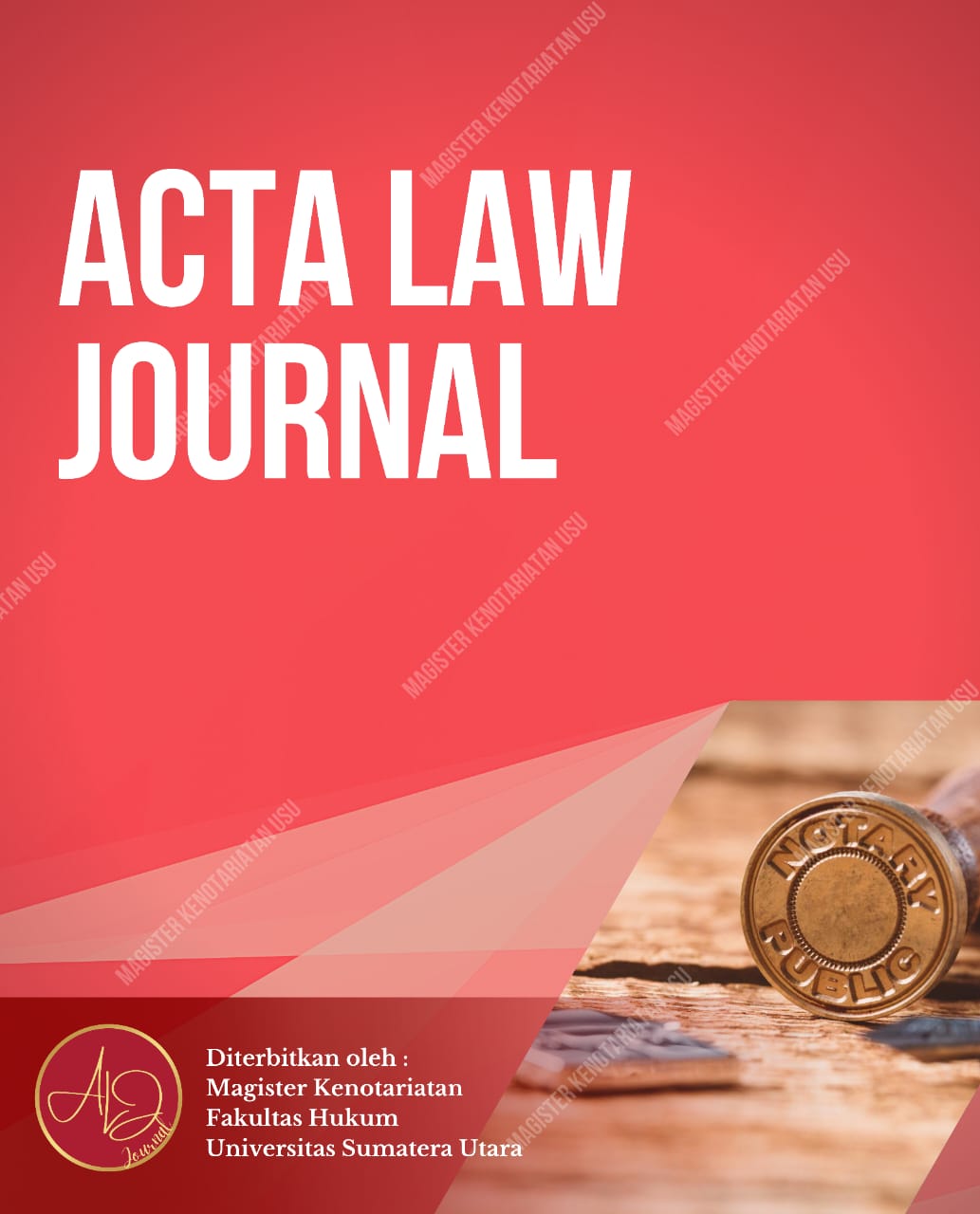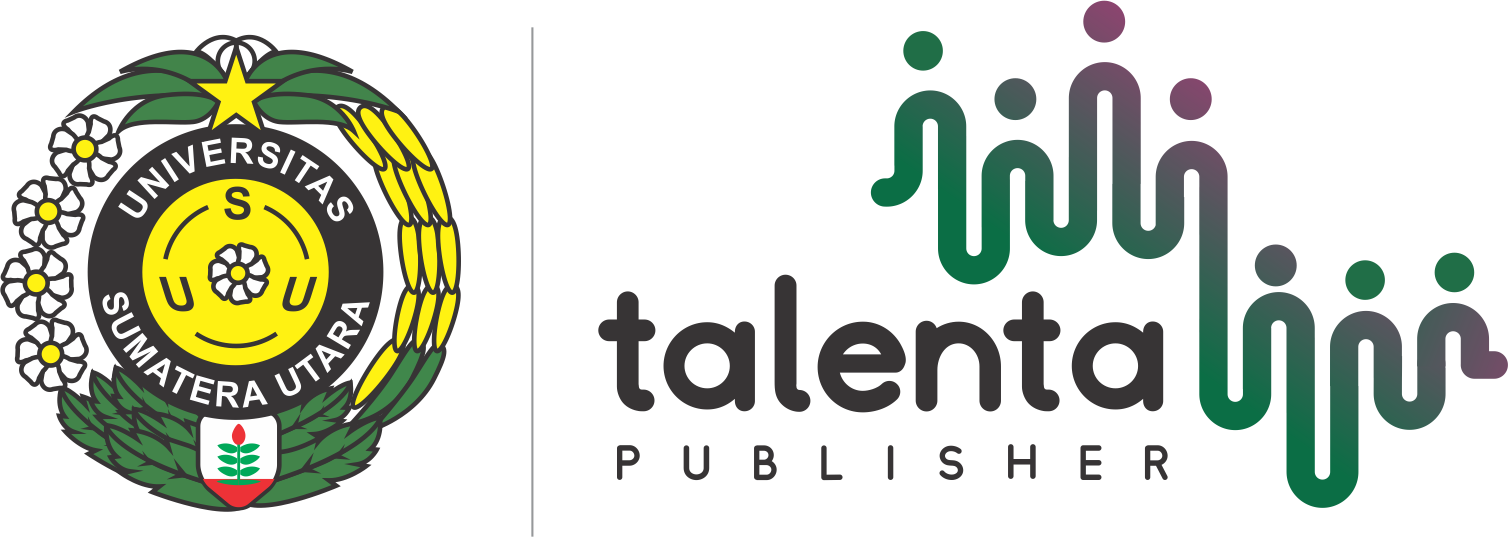Kedudukan Produk Pinjaman Online Pada Perbankan
DOI:
https://doi.org/10.32734/alj.v2i2.16429Keywords:
Banking, Online LoanAbstract
Online lending products have become an integral part of the modern banking industry, fundamentally changing the financial services landscape. They provide greater accessibility for consumers, allowing them to apply for loans without having to visit a physical bank. The place of online loan products in banking also raises various questions and debates. From the perspective of supporting financial inclusion, online lending products expand the reach of financial services, benefiting individuals or small businesses that find it difficult to qualify for traditional loans. The existence of online loan services in the non-bank financial industry in recent years is the answer to the lack of access to funding to small communities. The purpose of this research is to find out how the position of online loan products in banking and also to find out about the position of online loan services in the Non-Bank Financial Industry and targeting the un-banked people segment which is often associated with people who do not have sufficient open access to the banking service system. This research uses the literature research method. In this article, the researcher has concluded that the position of online loan products in banking is in accordance with the function of banks, namely collecting funds from the public in the form of deposits and channeling them to the public in the form of credit and/or other forms. This includes offering online loan products in the context of its role as a digital bank. However, it cannot be equated with online lending or fintech peer-to-peer lending.
Downloads
References
Abdullah, Thamrin. “Bank Dan Lembaga Keuangan.†Masalah-Masalah Hukum 43, no. 1 (2014): 87–97. https://doi.org/10.14710/mmh.43.1.2014.87-97.
Bank OCBC. “10 Contoh Produk Perbankan Yang Sering Digunakan, Simak!†ocbc.id, 2023. https://www.ocbc.id/id/article/2023/07/12/produk-perbankan.
Emirpasha Bhaskara Kisyanto. “CERIA Dan User Experience-Nya Yang Ceria.†BRITECH, 2021. https://digital.bri.co.id/article/ceria-dan-user-experience-nya-yang-ceria-5gmy.
Irwansyah, and Ahsan Yunus. Penelitian Hukum : Pilihan Metode & Praktik Penulisan Artikel. Penelitian Hukum. Yogyakarta: Mirra Buana Media, 2020.
Nurhilmiyah, Nurhilmiyah, and Hasim Purba. “Klausula Eksonerasi Pada Perjanjian Pinjaman Online.†Acta Law Journal 1, no. 1 (2022): 25–32. https://doi.org/10.32734/alj.v1i1.10014.
Nurhilmiyah, Hasim Purba, Zulkarnain Sitompul, and T. Keizerina Devi. “Komparasi Aturan Hukum Pinjaman Online Dengan Pendanaan Bersama Menuju Perekonomian Yang Adil Dan Beradab.†SANKSI (Seminar Nasional Hukum, Sosial Dan Ekonomi) 3, no. 1 (2024). https://jurnal.umsu.ac.id/index.php/sanksi/article/view/19021.
Ostas, Daniel. “Postmodern Economic Analysis of Law: Extending the Pragmatic Visions of Richard A. Posner.†American Business Law Journal 36, no. 1 (2008): 193–238. https://doi.org/DOI:10.1111/j.1744-1714.1998.tb01019.x.
Otoritas Jasa Keuangan. Peraturan Otoritas Jasa Keuangan Nomor 11/POJK.05/2014 Tahun 2014 tentang Pemeriksaan Langsung Lembaga Jasa Keuangan Non-Bank, Peraturan OJK No. 11/POJK.05/2014 Tahun 2014 (2014).
Otoritas Jasa Keuangan RI. “Tentang IKBN: Fungsi Dan Tugas Pokok.†Ojk.go.id, 2023. https://ojk.go.id/id/kanal/iknb/tentang-iknb/Pages/Tugas.aspx#.
Peraturan Otoritas Jasa Keuangan Nomor 10/POJK.05/2022 Tahun 2022 tentang Layanan Pendanaan Bersama Berbasis Teknologi Informasi, Peraturan OJK No. 10/POJK.05/2022 Tahun 2022 (2022).
Puspaningtyas, Muhammad Nursyamsi; Lida. “BRI Ceria Tawarkan Pinjol Aman Dan Mudah, Berikut Caranya,†2023. https://ekonomi.republika.co.id/berita/s2ls9z502/bri-ceria-tawarkan-pinjol-aman-dan-mudah-berikut-caranya#:~:text=Nasabah yang ingin mengajukan pinjaman,dan berusia minimal 21 tahun.
Republik Indonesia. Undang-Undang No. 8 Tahun 1999 Tentang Perlindungan Konsumen, UU No. 8 Tahun 1999 (1999).
———. Undang-Undang No. 10 Tahun 1998 Tentang Perubahan atas Undang-Undang Nomor 7 Tahun 1992 tentang Perbankan, UU No. 10 Tahun 1998 (1998).
———. Undang-Undang No. 19 Tahun 2016 tentang Perubahan Atas Undang-Undang No. 11 Tahun 2008 tentang Informasi dan Transaksi Elektronik, Undang-Undang No. 19 Tahun 2016 (2016).
———. Undang-Undang No. 21 Tahun 2011 Tentang Otoritas Jasa Keuangan, UU No. 21 Tahun 2011 (2011).
———. Undang-Undang Nomor 21 Tahun 2008 tentang Perbankan Syariah, UU No. 21 Tahun 2008 (2008).
Tim AFPI. “Perkembangan P2P Lending Di Indonesia,†2018. https://afpi.or.id/articles/detail/perkembangan-p2p-lending-di-indonesia.
Yudha, Ana Toni Roby Candra. Fintech Syariah Dalam Sistem Industri Halal: Teori Dan Praktik. Syiah Kuala University Press, 2021.
Downloads
Published
Issue
Section
License
Copyright (c) 2024 Nurhilmiyah Nurhilmiyah, Hasim Purba, Zulkarnain Sitompul, T. Keizerina Devi Azwar

This work is licensed under a Creative Commons Attribution-ShareAlike 4.0 International License.











